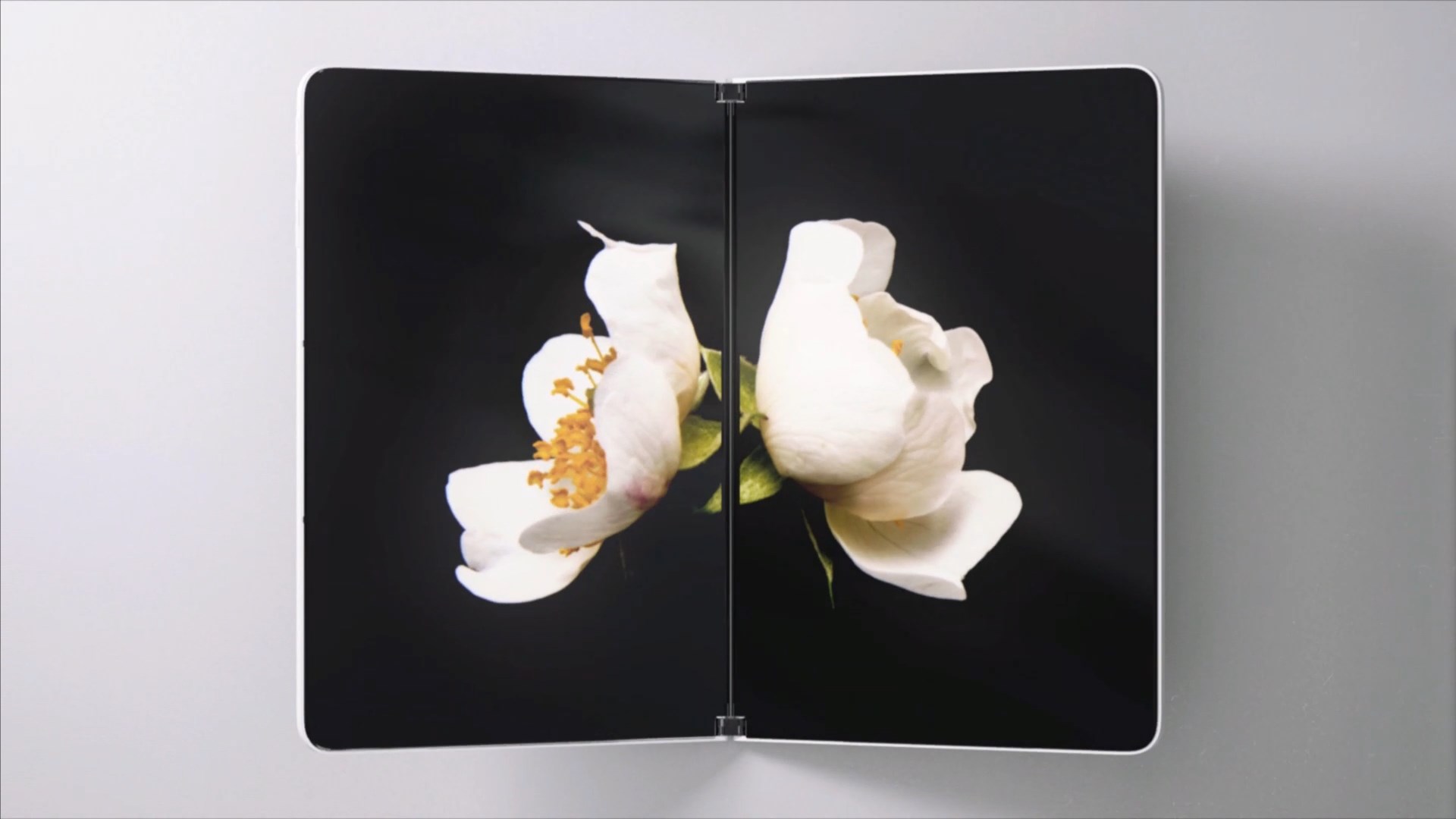Surface Neo could take virtual trackpads to a new level
If this patent is anything to go by…

Surface Neo is Microsoft’s dual-screen device due out next year, and a freshly-spotted patent hints at a way in which Neo could seamlessly interpret touch gestures – or other input – on its second display, making for a more user-friendly virtual trackpad experience.
The patent spotted by German tech site Windows United describes ‘modeless augmentations to a virtual trackpad on a multiple screen computing device’, and could apply to any dual-screen device coming from Microsoft, not just Surface Neo.
- Windows 10X: Everything you need to know about the OS
- Microsoft Surface Neo: all the latest news and rumors
- Surface Go 2: Another affordable win for Microsoft?
The latter is the obvious first thought, of course, but as with any patent, there’s a chance it may never be used in any product at all (and could simply stall at the research phase, or during prototyping).
At any rate, what Microsoft is aiming to do is have a virtual trackpad which automatically and seamlessly caters for all types of input, without the user having to think about switching modes for different types of usage.
So in other words, the area on the second display which hosts the virtual trackpad (perhaps in conjunction with a virtual keyboard, or a physical half-keyboard in Neo’s case) will act just like a trackpad in normal usage (your finger will move the cursor, you can tap to click, and so on).
However, should the virtual trackpad detect that a stylus is pressing on it rather than a finger, it’ll automatically switch to an inking mode to allow you to write (or draw) in it. The key point is that this happens automatically, without the user having to change into ‘pen mode’ – a much more convenient way of working.
Summoning gestures
In a similar vein, various gestures could be supported to summon certain user interfaces (for specific use cases) in the virtual trackpad area, again without having to switch ‘mode’. The patent notes: “If the computing device detects a touch gesture originating outside an edge of the virtual trackpad area of the second display region and terminating inside the virtual trackpad area, the computing device can display a transient UI in the virtual trackpad area.
Sign up for breaking news, reviews, opinion, top tech deals, and more.
“The transient UI might be animated as it is displayed such as, for instance, by ‘sliding’ into the virtual trackpad area from the edge of the virtual trackpad area where the gesture originated.”
The overall effect should be the prioritization of ease-of-use and seamless transitions, hopefully making traditional trackpads look a bit clunky, not to mention meaning that dual-screen devices will be more productive in general, which is obviously the big idea of having two displays anyway.
- Check out all the best laptops of 2020
Via MS Power User
Darren is a freelancer writing news and features for TechRadar (and occasionally T3) across a broad range of computing topics including CPUs, GPUs, various other hardware, VPNs, antivirus and more. He has written about tech for the best part of three decades, and writes books in his spare time (his debut novel - 'I Know What You Did Last Supper' - was published by Hachette UK in 2013).